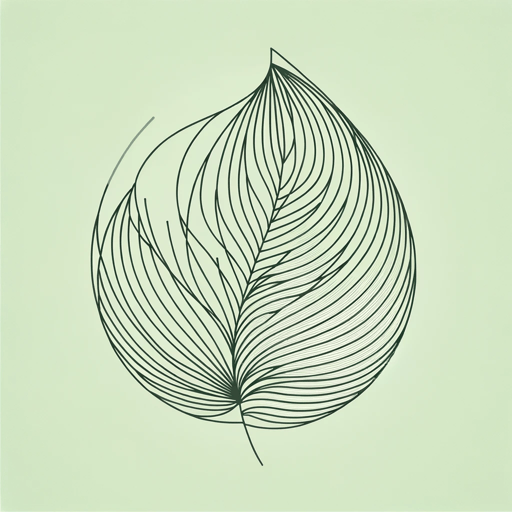19 pages • 38 minutes read
Claude McKayThe Tropics in New York
Fiction | Poem | Adult | Published in 1922A modern alternative to SparkNotes and CliffsNotes, SuperSummary offers high-quality Study Guides with detailed chapter summaries and analysis of major themes, characters, and more.
Background
Literary Context: The Harlem Renaissance
McKay was a leading figure in the Harlem Renaissance, which was an African American literary, musical, and artistic movement that emerged in Harlem, New York City, in the 1920s and continued into the 1930s. This was a new era in which many African Americans felt a wave of confidence, racial pride, and creativity as Harlem became known as a cultural mecca. Social and political activism aimed at enhancing the civil rights of African Americans also increased during this period.
In addition to McKay, one of the most prominent figures in the movement was Langston Hughes, who published his first book of poetry, The Weary Blues, in 1926 and a novel, Not Without Laughter, four years later. Hughes wrote movingly and honestly about the experience of working-class Black people. Another Harlem Renaissance poet was Countee Cullen, who published his first book of poetry, Color, in 1925. Zora Neale Hurston was a novelist and playwright who is best known today for her novel Their Eyes Were Watching God (1937). Poet and novelist Jean Toomer made an impact with his novel Cane (1923).
Jazz musicians Louis Armstrong and Duke Ellington, and blues singer Bessie Smith, were part of the Harlem Renaissance, as was pianist, composer, and singer Fats Waller.
Related Titles
By Claude McKay
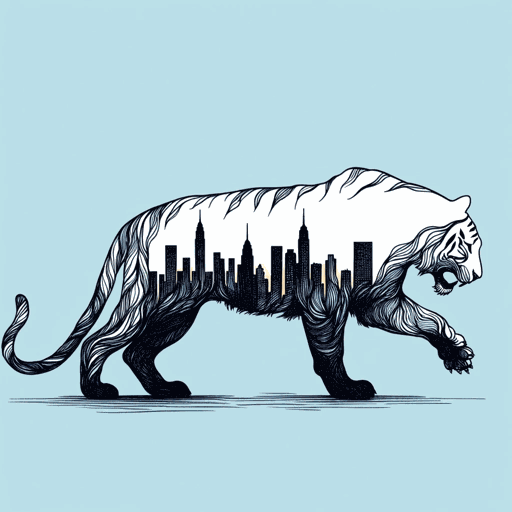
America
Claude McKay
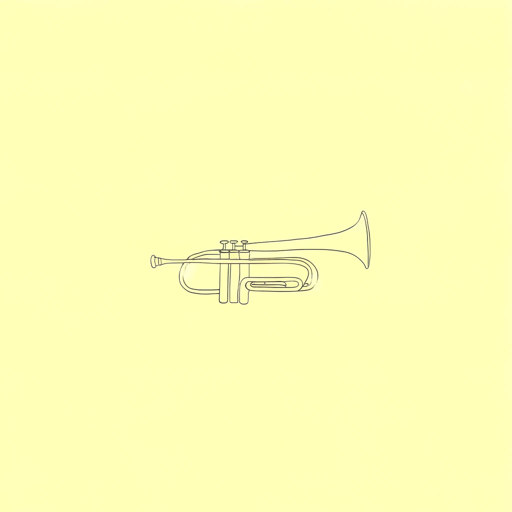
Home To Harlem
Claude McKay

If We Must Die
Claude McKay
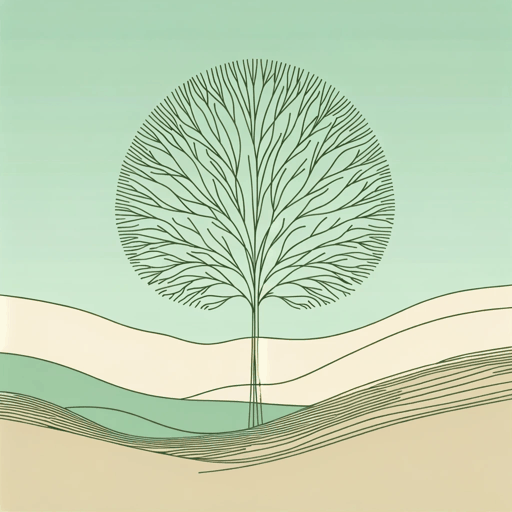
Joy in the Woods
Claude McKay

The Harlem Dancer
Claude McKay
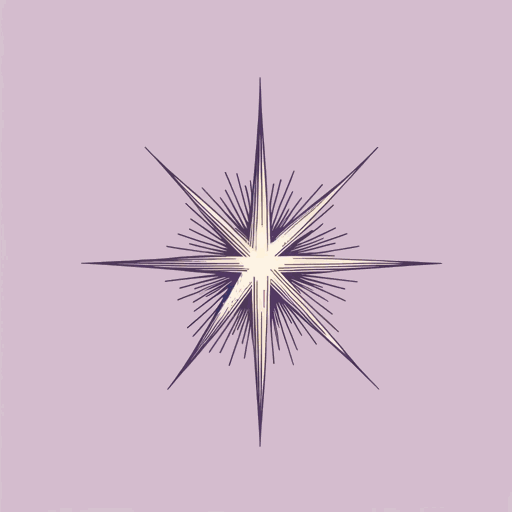
The Lynching
Claude McKay

The White House
Claude McKay
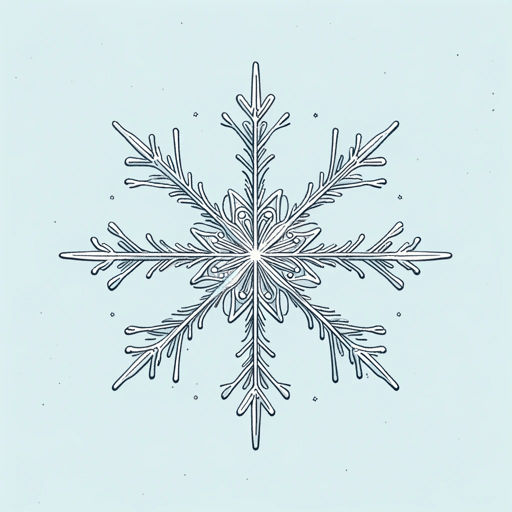
To One Coming North
Claude McKay
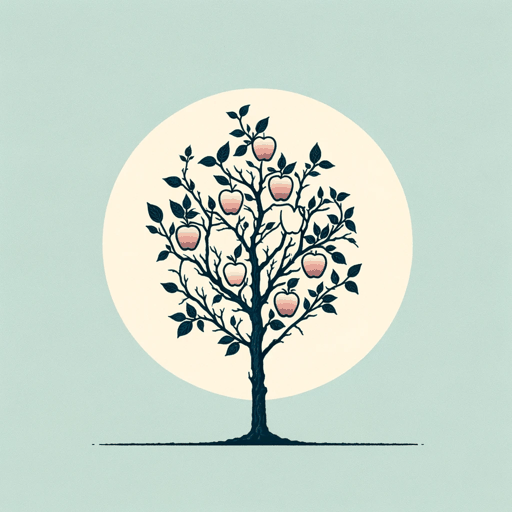
When Dawn Comes to the City
Claude McKay
